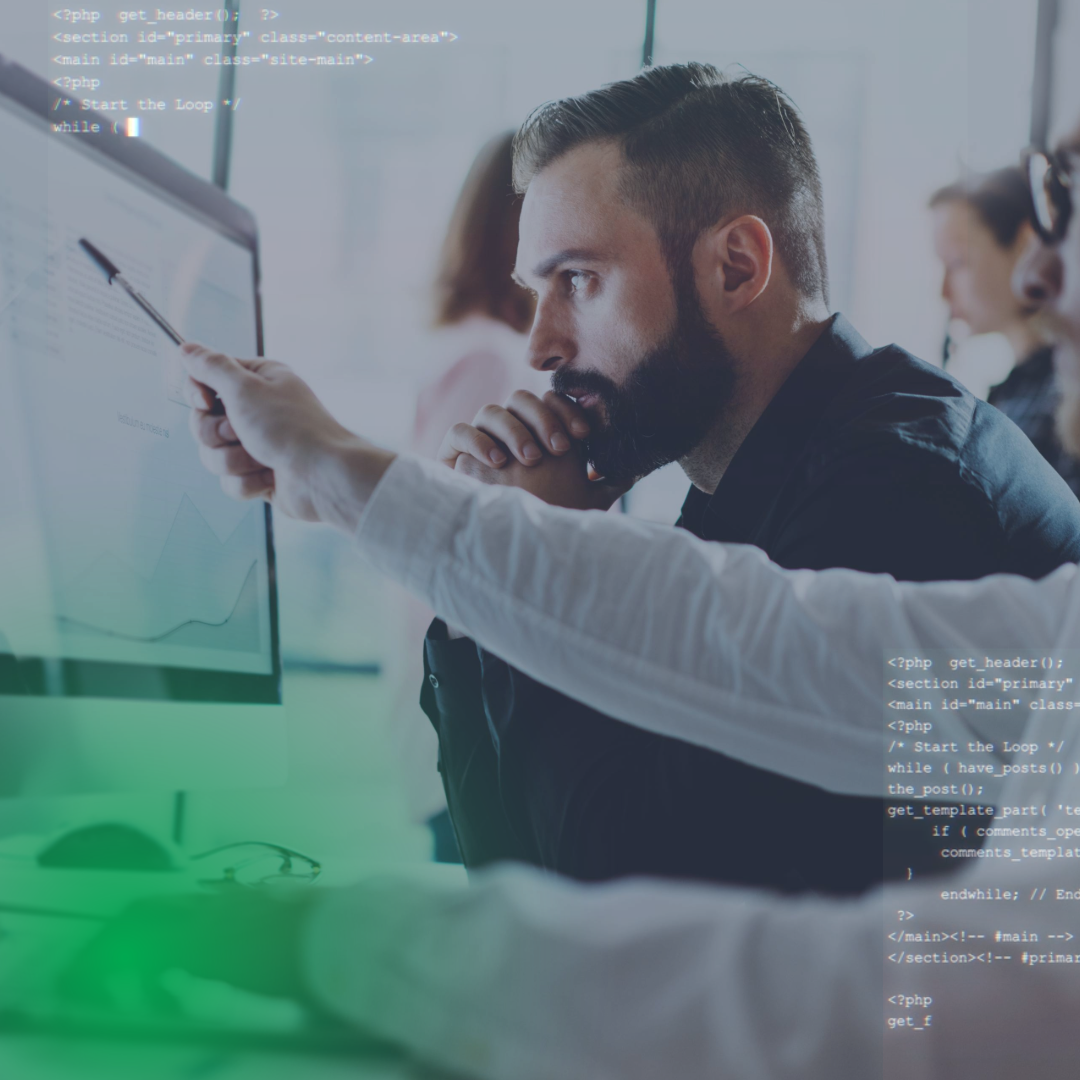Today’s complex business environment requires smarter, more proactive security strategies. Traditional reactive risk management approaches will not suffice in a world teeming with global instability, economic shifts, cyber threats, and more. Fortunately, business leaders have many technology options to choose from that help teams shift from manual and reactive risk management to proactive, forward-thinking practices.
Modern risk analysis software has changed the way security teams operate, allowing them to identify and mitigate threats more proactively and strategically than ever before. Driven by innovations such as artificial intelligence (AI), machine learning (ML), and natural language processing (NLP), today’s enhanced security tools help organizations stay ahead of threats and keep people, assets, operations, and reputations safe.
Whether you’re working with sensitive data, managing risk across multiple departments, or supporting a global team, enterprise risk management software can unify fragmented systems and ensure consistency throughout the entire organization. These tools empower risk owners to align business goals with threat mitigation strategies, creating a more cohesive approach to risk management.
The Power of Risk Analysis Software
Traditional methods were the best options during a time when we didn’t have the ability to train our machines to automatically and systematically monitor data. These methods were also more than sufficient when data and content weren’t being created and shared on a continuous, non-stop cycle. However, our landscape has changed. Information is being shared every second of every day. Without effective monitoring, essential risk data can easily be overlooked, leaving organizations at risk in scenarios where issues could have been easily avoided or maneuvered.
Therefore, it is essential for organizations to be leveraging risk analysis software to enhance their risk management processes and adapt to today’s ever-evolving threat landscape. The value of this to a security team is massive, with benefits that go well beyond anything offered by traditional methods, such as:
- Efficient data monitoring: AI and ML technologies help process large and diverse data sources efficiently – something even the most proficient team of security professionals couldn’t do alone.
- Trend identification: The software can spot emerging threats and subtle patterns, which teams can then use to better plan for immediate and future activities including executive travel, expansion, and operational decisions. This type of risk identification is key for managing today’s ever-evolving threat landscape.
- Predictive analysis: Sophisticated tools will offer real time analytics to help teams forecast what might happen next. Understanding not only what is happening in real time, but what may happen next is valuable. Technologies are able to do this by combining real time insights with historical data that illuminates insights that may have previously been undetected.
- Human insight: Some risk analysis software also incorporates human expertise. This is a unique and very powerful capability, often called augmented analytics, that layers real-world knowledge and technical expertise on top of data to give security teams a deeper understanding of the risk and threat landscape.
- Visualizations and dashboards: One of the most efficient ways to understand complex scenarios is via visuals. The most helpful risk analysis software will offer a variety of visualizations, dashboards, charts, and interactive graphics to help make actionable insights easy to understand and use.
For organizations seeking to reduce human error, improve team collaboration, and better align risk strategies with their specific business needs, a flexible platform with an intuitive interface is essential. These solutions allow even non-technical users to engage meaningfully with complex security data, enabling better visibility and faster response times.
Key Benefits of Implementing Risk Analysis Software
Risk analysis software is not just for identifying threats; it also helps organizations plan and strategize more effectively. Knowledge is power, and the intelligence delivered by effective risk analysis software can change the future of an organization. How? The information revealed via risk analysis software empowers faster and better decision making. It also allows for proactive allocation of resources, tailored contingency plans, and stronger organizational resilience.
When information on current and past events is shared, organizations can learn from historical activities to develop more effective strategies in the present. Even more exciting is that these software tools can be improved over time, with the oversight of experts, and then provide even greater benefits to leaders and the organization overall.
Additional benefits of risk analysis software include:
- More accurate and relevant threat intelligence
- Real time situational awareness
- Avoided costs from disruptions
- Competitive edge through preparedness
- Better compliance management and governance
- Enhanced operational efficiency across departments
- Ability to streamline processes and reduce the burden of complex processes
The right software supports complex risk management workflows, ensuring that the needs of every risk owner and business unit are addressed. It enables organizations to address vulnerabilities with precision and clarity, helping them mitigate risks before they escalate.
The Future of Risk Management is Augmented
Risk analysis software and technology is essential for organizations looking to navigate today’s volatile global landscape. These tools help leaders transform their operations from a reactive state into proactive, resilient entities. This is a powerful shift that enables organizations to not only prepare better security strategies, but also allows for leaders to circumvent problems entirely.
The most effective risk analysis software will blend innovative tools such as AI, ML, and human expertise. Analysts aren’t capable of monitoring today’s endless stream of content and technology lacks the ability to understand nuance. But together, the power of people and machines is truly amplifying the security industry for the better.
By embedding these tools within existing systems, companies are now able to drive data driven decisions, optimize business processes, and align their risk appetite with overarching strategies. These capabilities are no longer just “nice to have” – they are now key features in any future-ready risk strategy.
Organizations leveraging this solution will be able to protect their people, operations, assets, and reputations better than ever before. For leaders aiming to manage risk more effectively and make strategic decisions that support long-term success, this is the new gold standard.
If your business is not yet benefiting from this type of risk mitigation solution, it’s time to consider how your current approach can be improved. Working with a third party risk management expert may be the right choice to implement and optimize the right tools. If you’re interested in learning more, reach out to Seerist, an augmented analytics platform helping organizations improve their risk assessment, operational decision-making, and global event detection.






